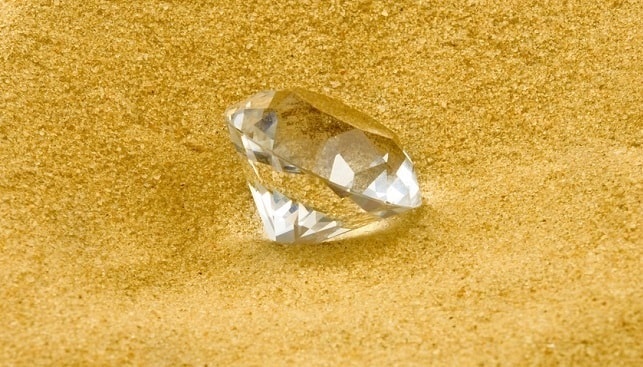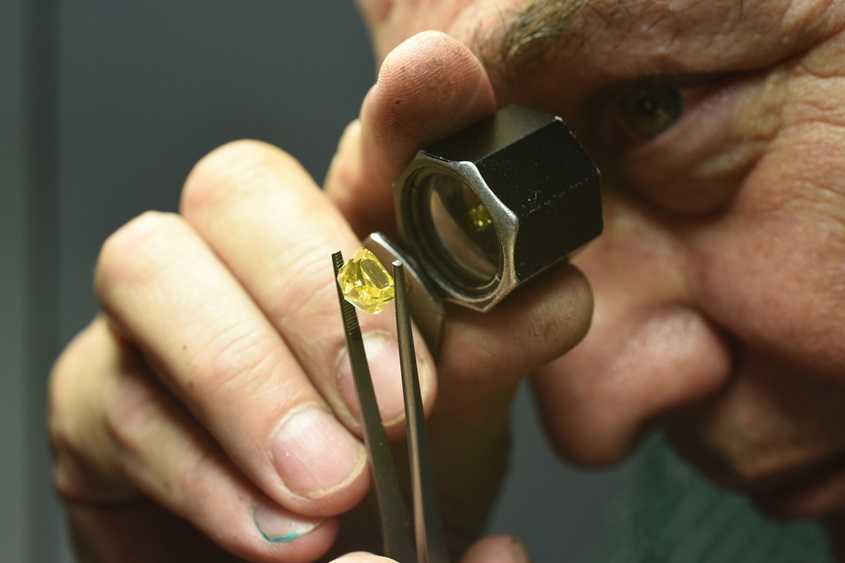Scientists at Stanford University and the California-based SLAC National Accelerator Laboratory have come up with an original recipe: Producing diamonds easily and quickly out of a hydrogen and carbon molecule found in crude oil and natural gas.
Cheating Thermodynamics
The research, funded by the US Department of Energy and published in the February edition of Science Advances, has found a way to manipulate a substance found in fossil fuels with pressure and “surprisingly little heat” to create a synthetic diamond.

According to Stanford geologist Rodney Ewing, co-author on the paper, “What’s exciting about this paper is it shows a way of cheating the thermodynamics of what’s typically required for diamond formation”.
Typically, synthesizing diamonds from other materials requires not only a lot of energy and time, but also an addition of a catalyst. Here, the authors explain, the process was kept clean. . “We wanted to see just a clean system, in which a single substance transforms into pure diamond – without a catalyst”, explains Sulgiye Park from Stanford’s School of Earth, Energy & Environmental Sciences
To synthesize diamonds, the scientists used three types of powder refined from tankers full of petroleum. The powders, known as diamondoids, were put inside a pressure chamber called a diamond anvil cell, which presses the powder between two polished diamonds. Then they heated the samples with a laser, examined the results, and found that “the three-cage diamondoid, called triamantane, can reorganize itself into diamond with surprisingly little energy”.

Manifold Applications
Yu Lin, a staff scientist at Stanford, explains that making even small amounts of this pure diamond can lead to using it in controlled ways for specific applications – from understanding more the conditions and materials that exist in the Earth’s interior to applications in “medicine, industry, quantum computing technologies and biological sensing”.











